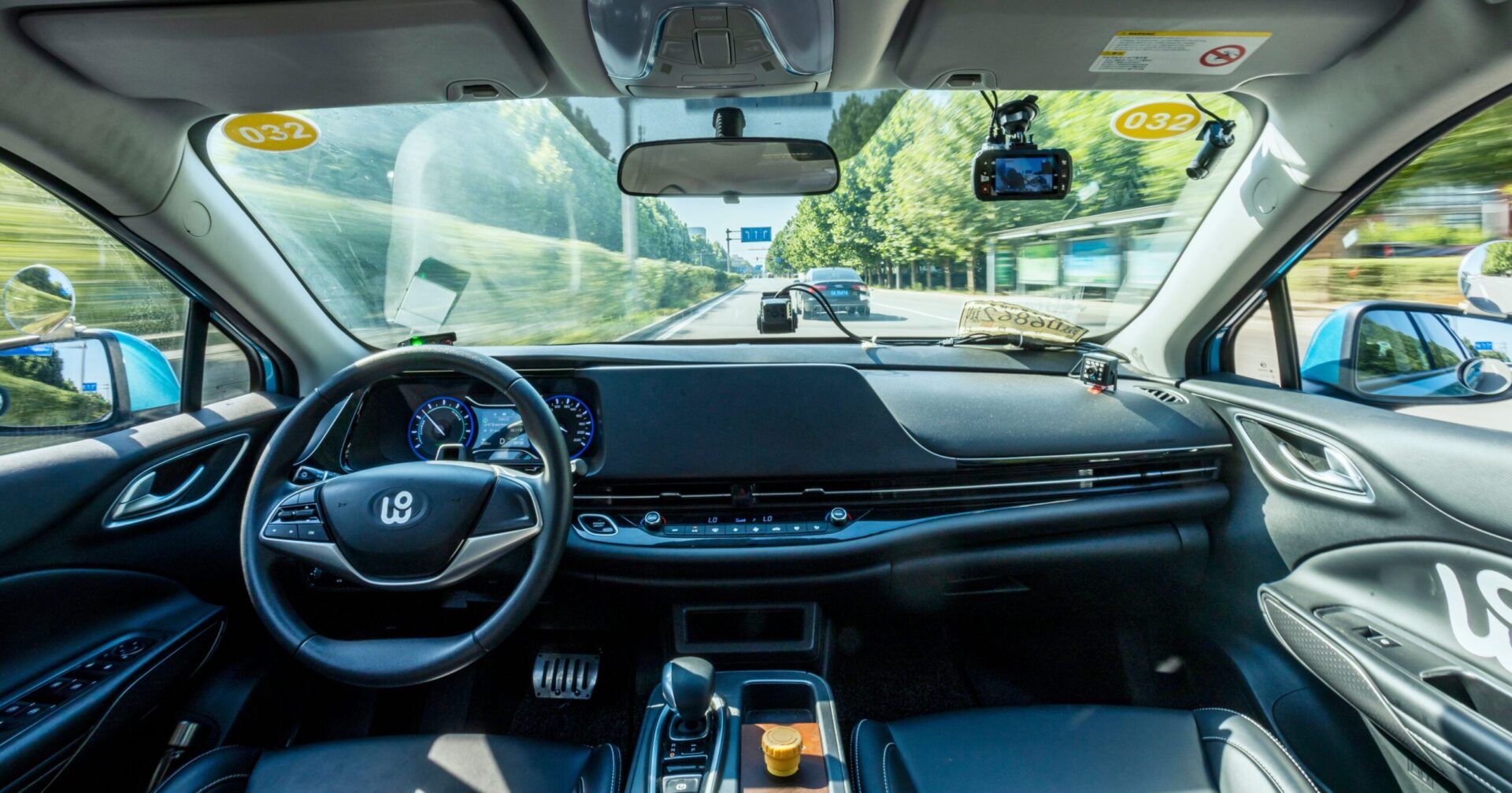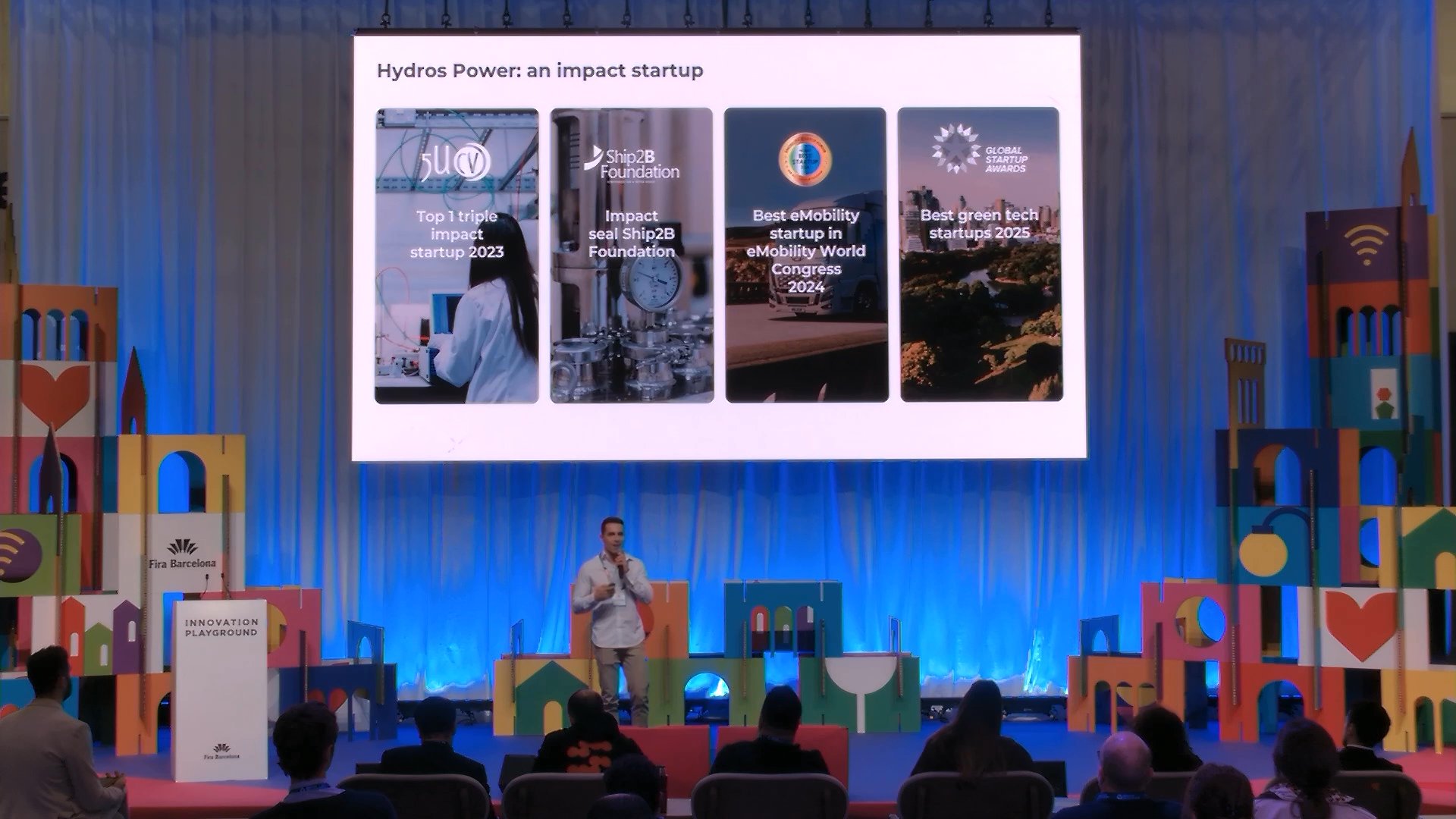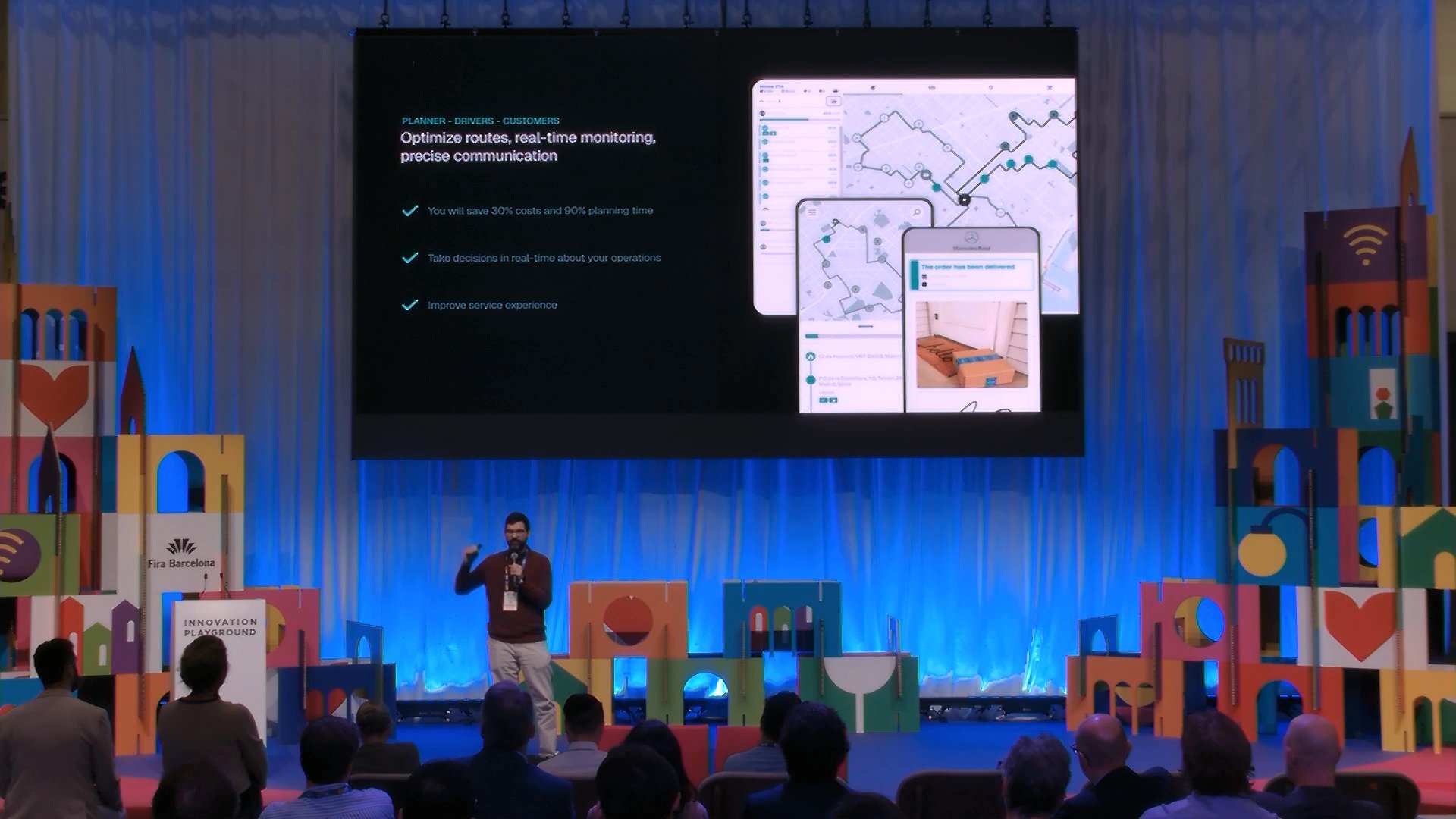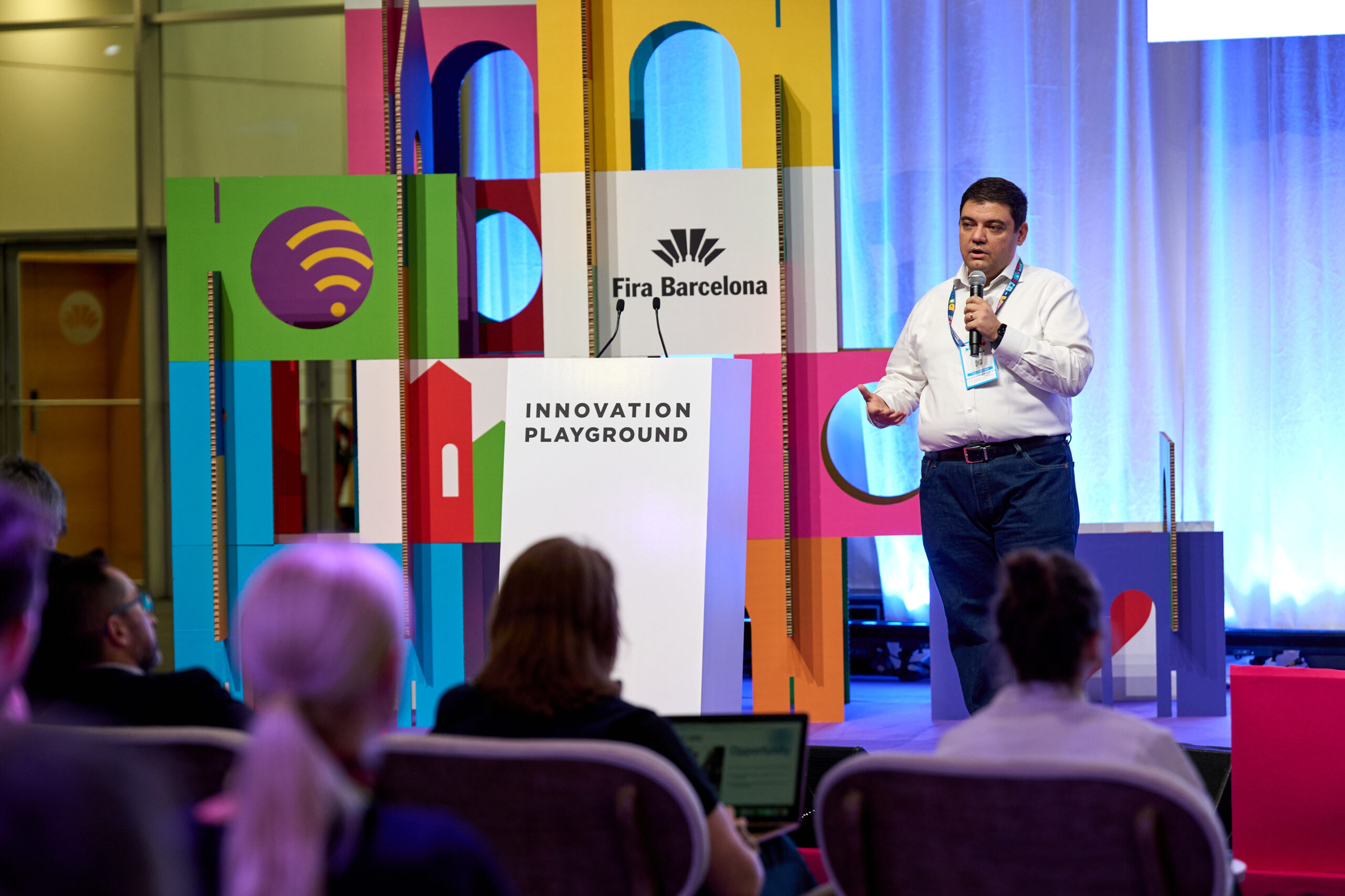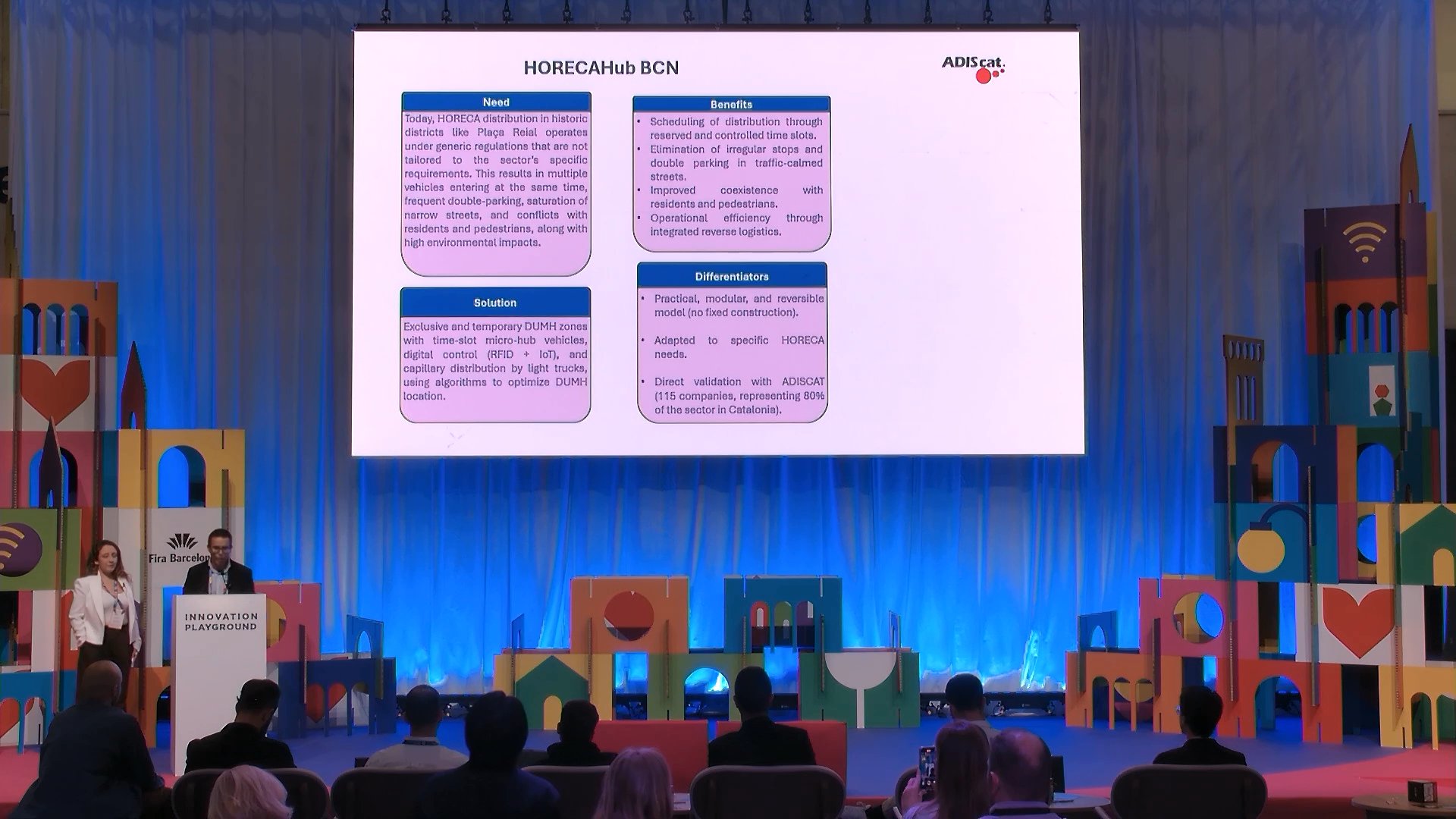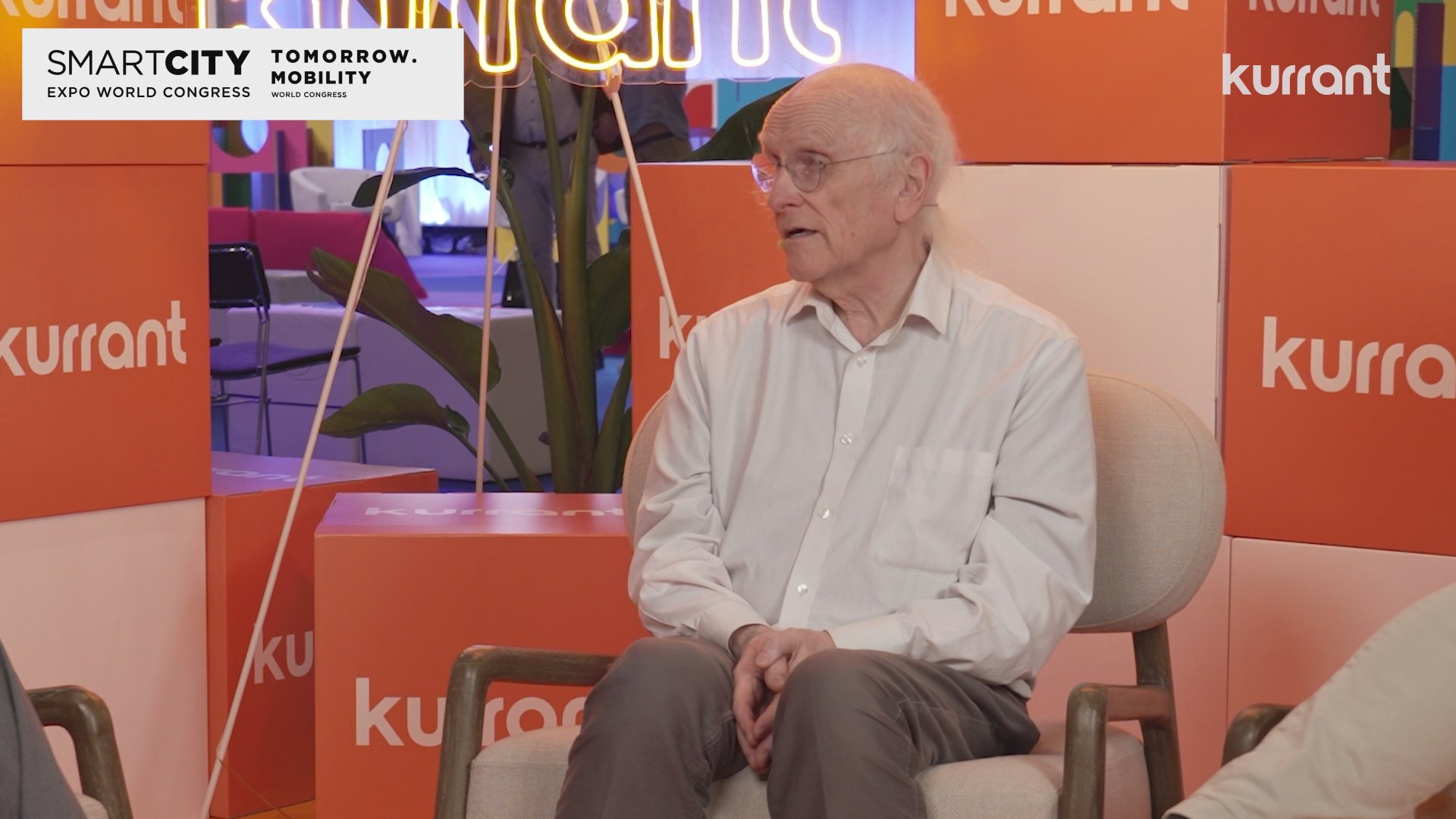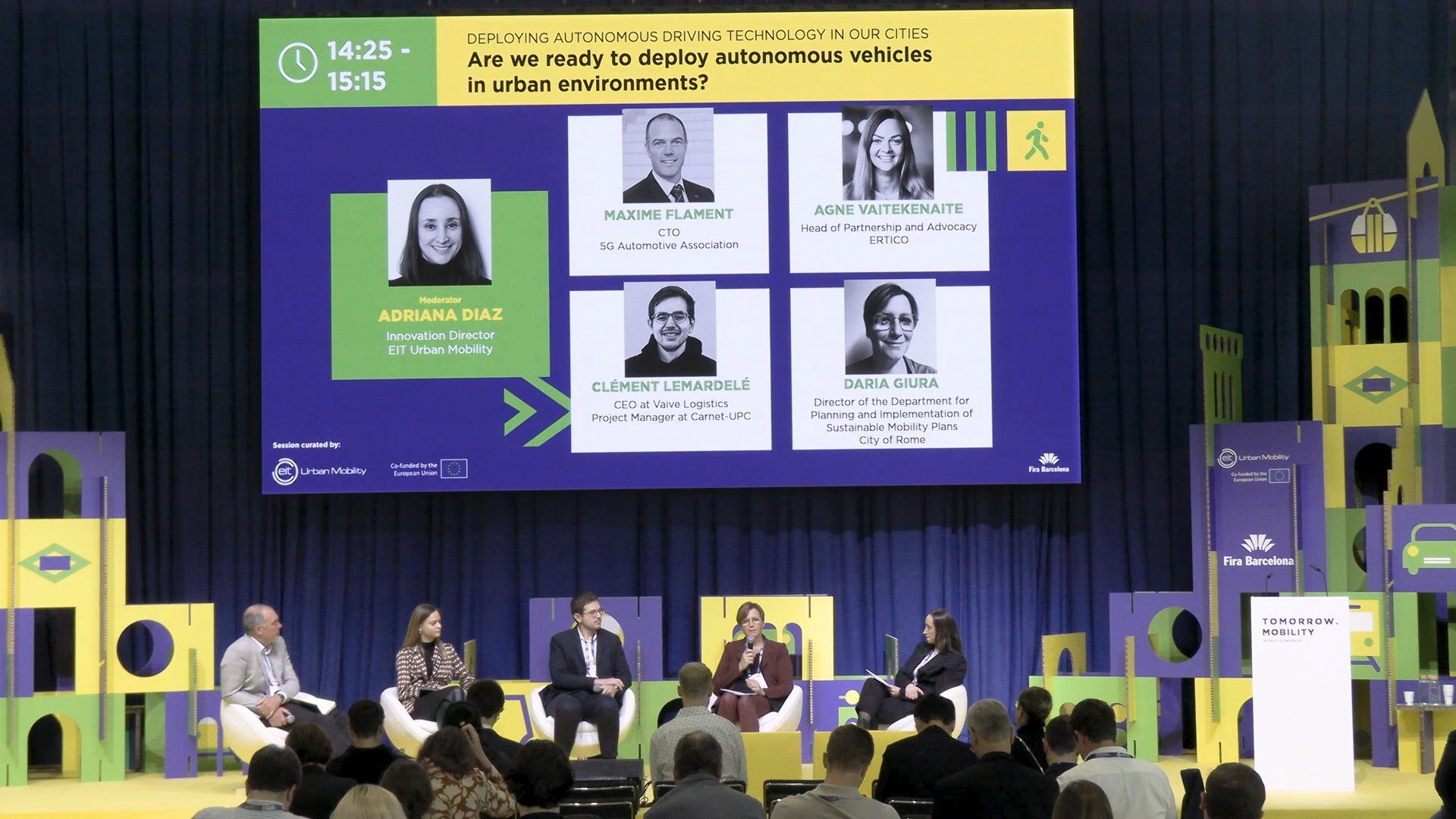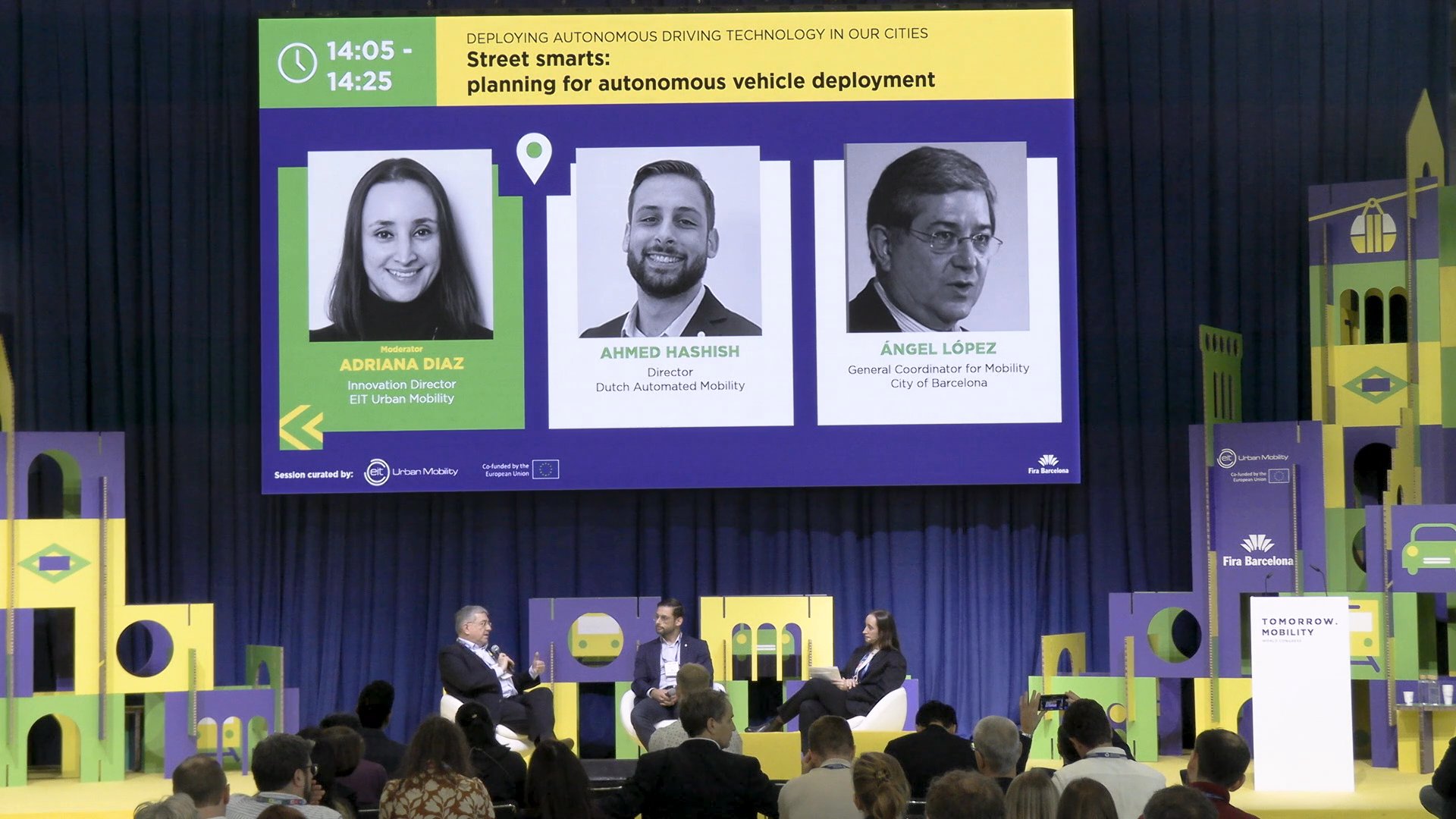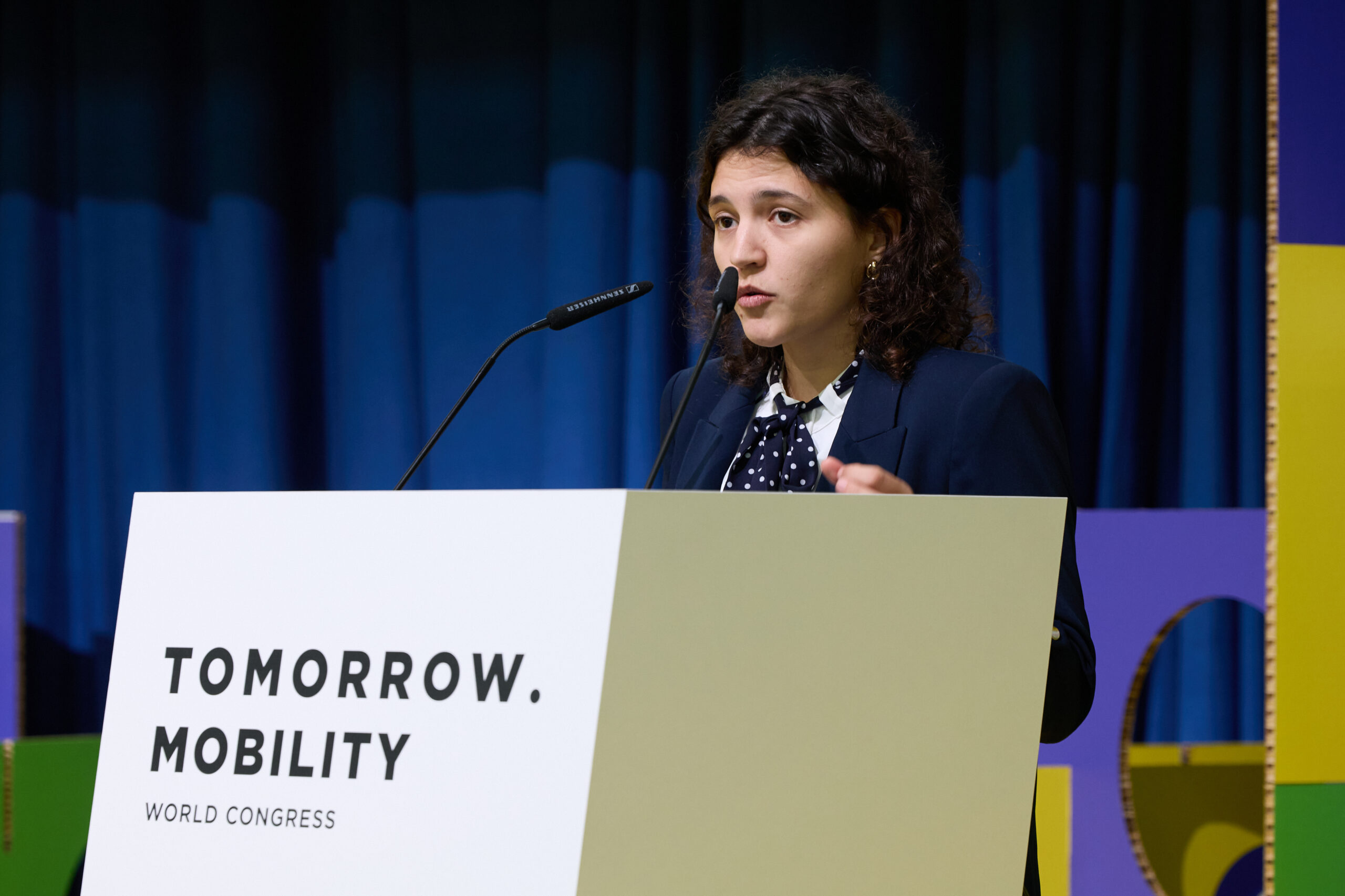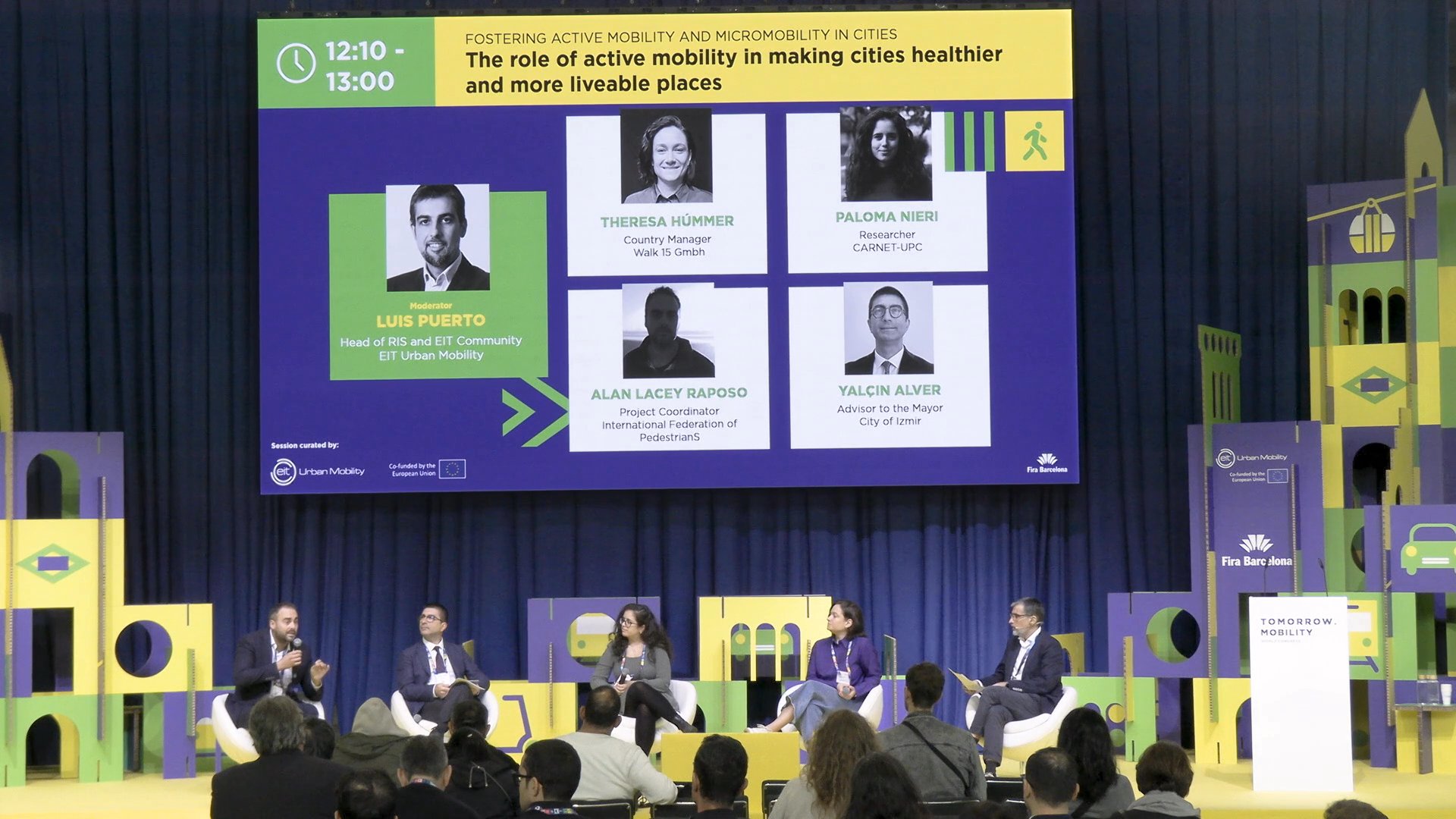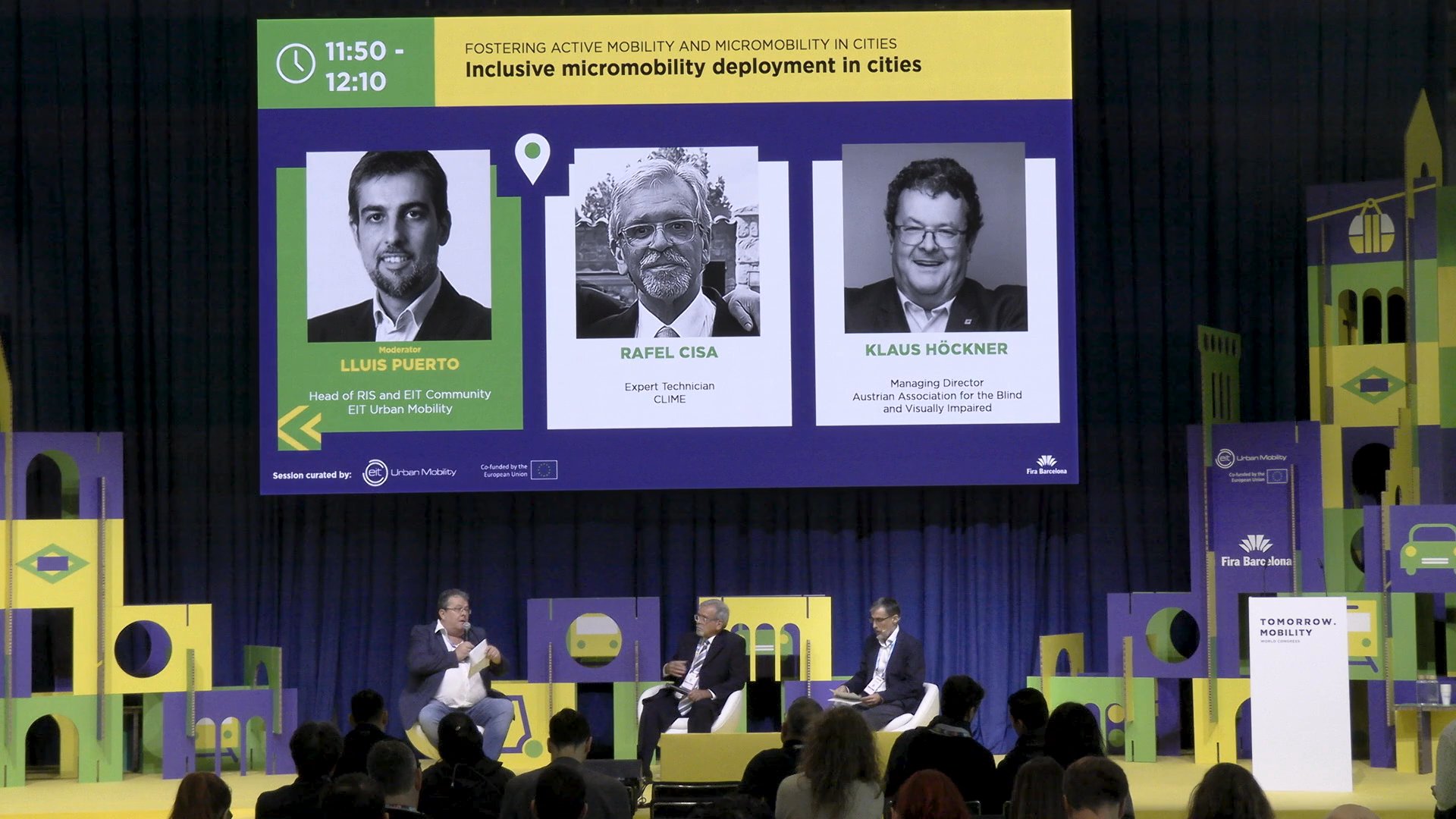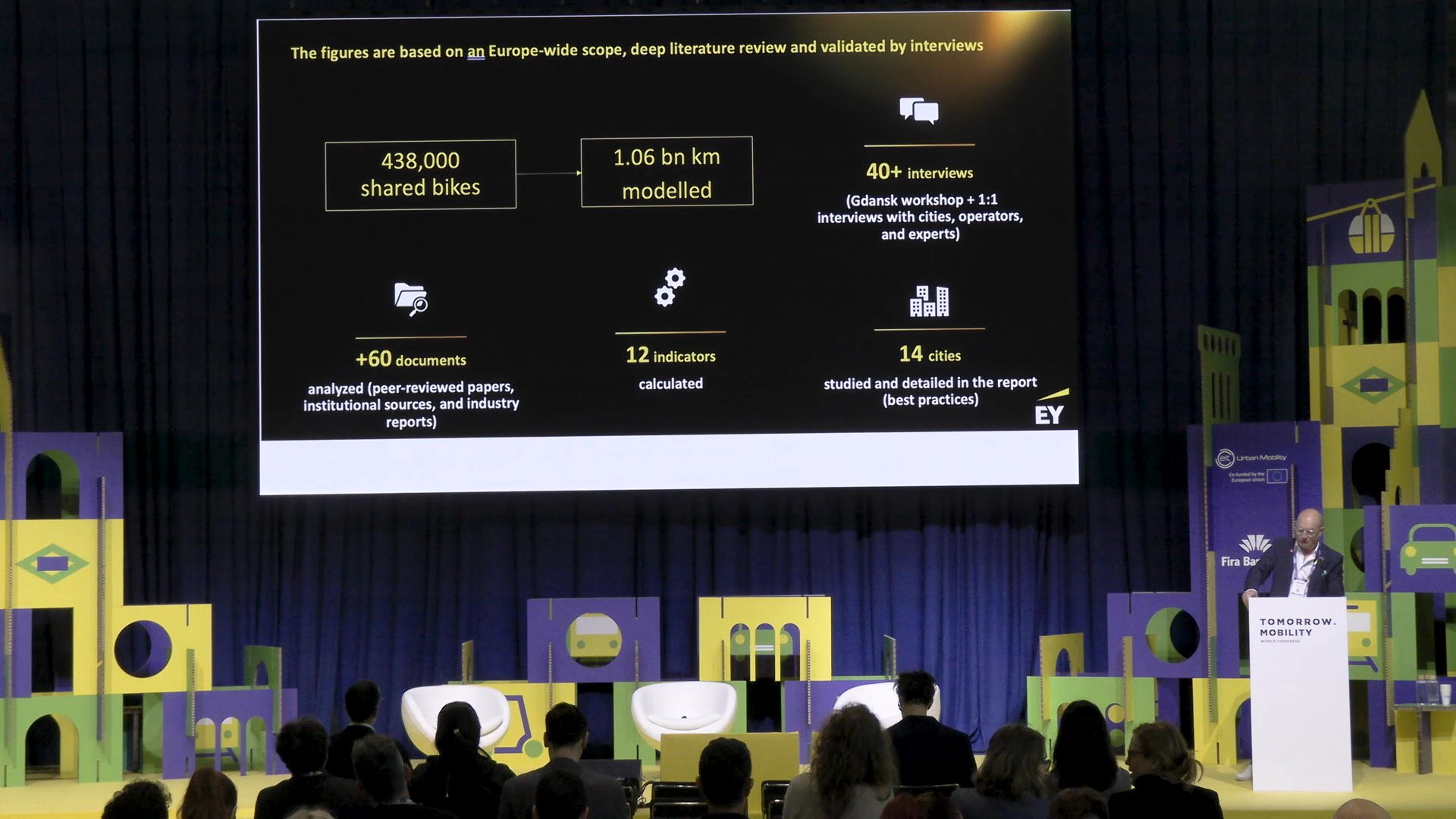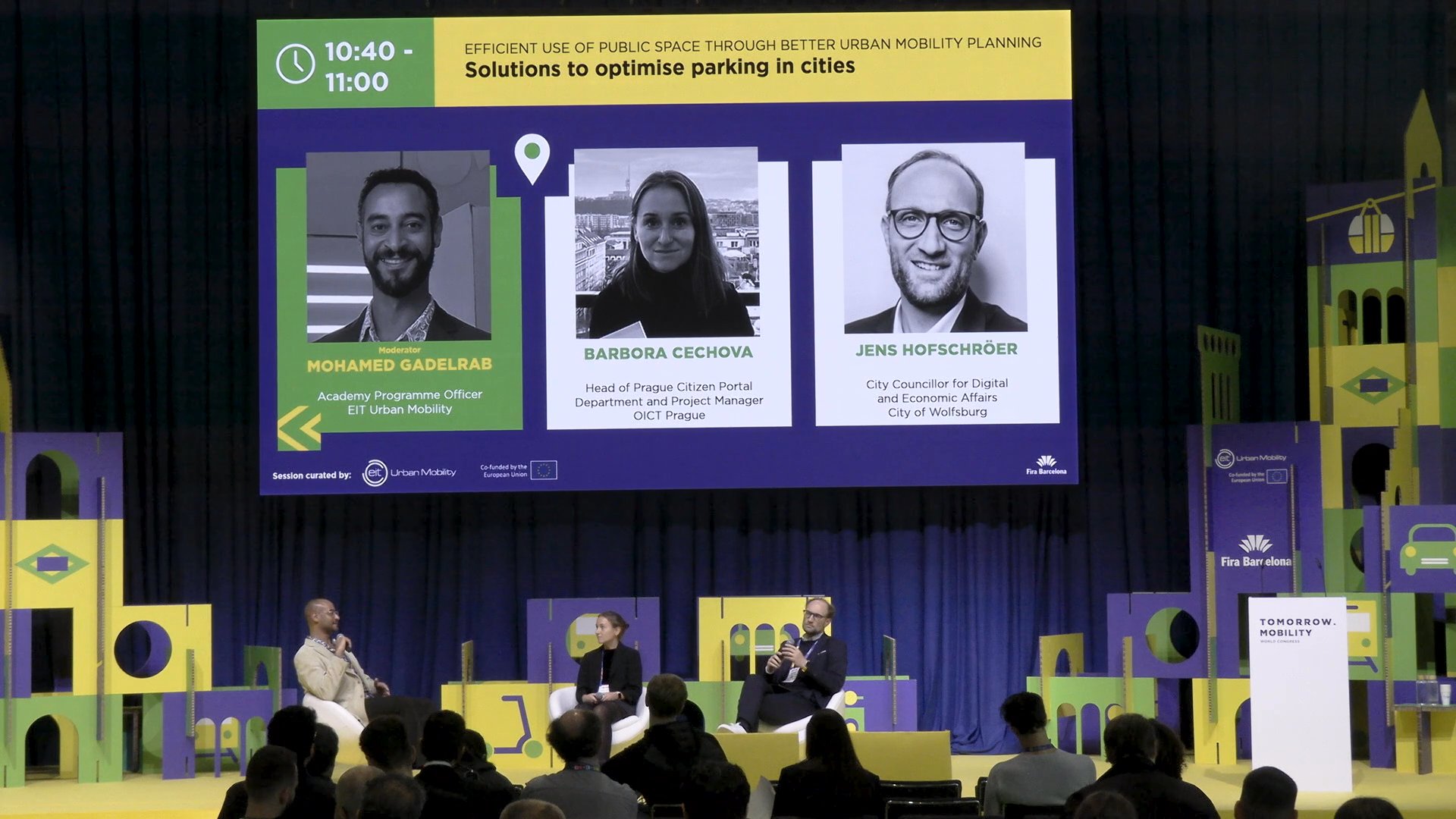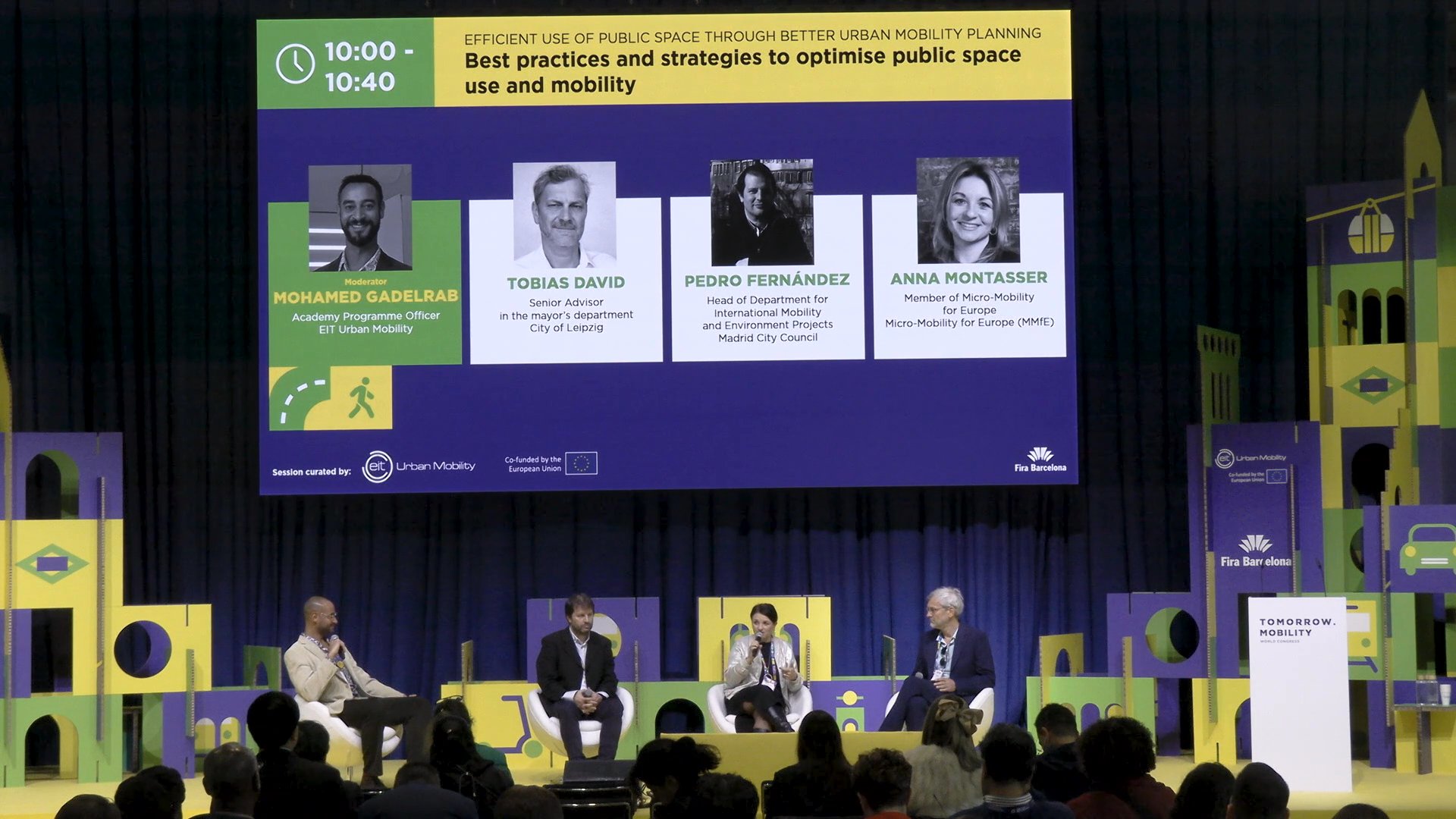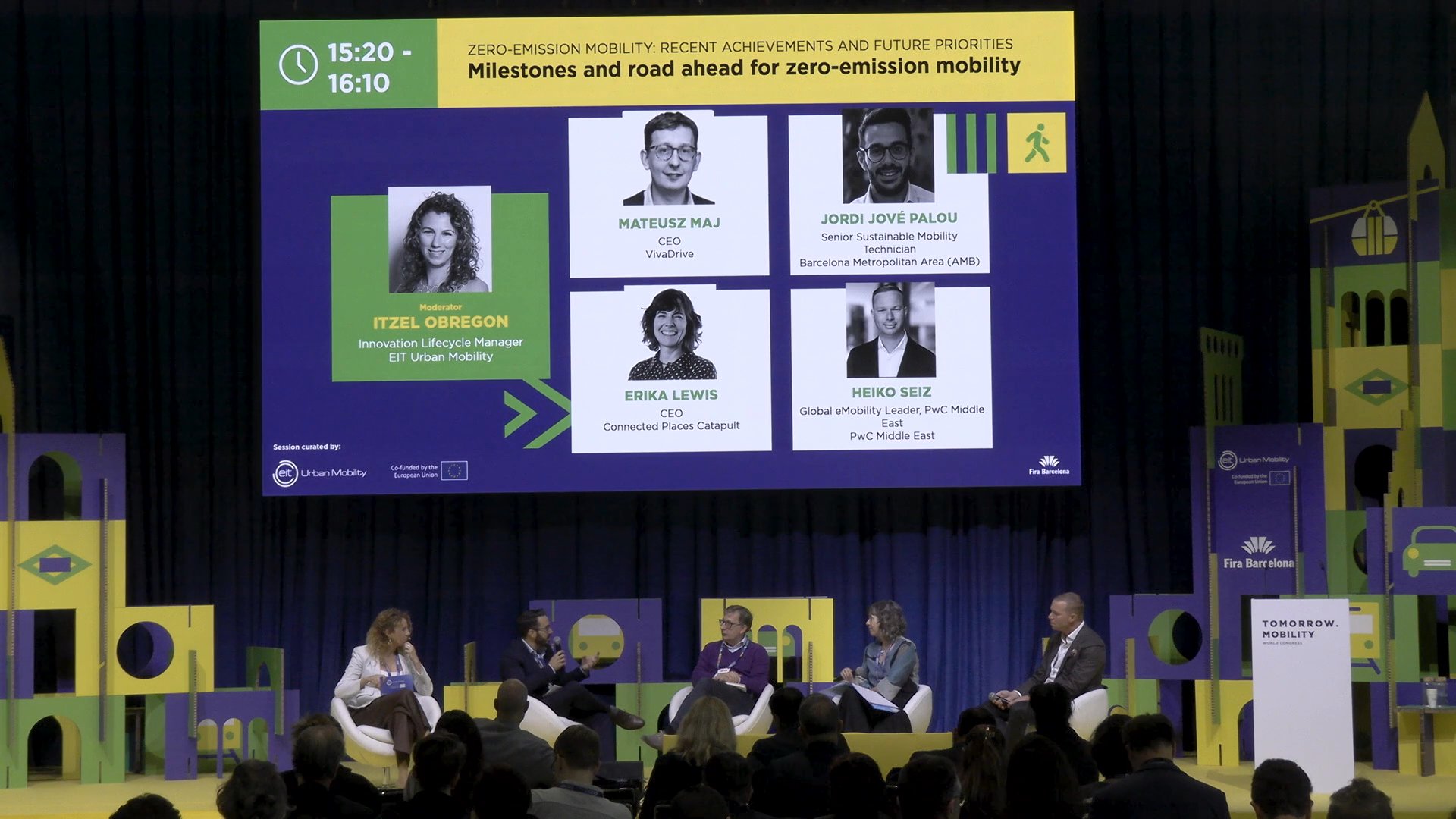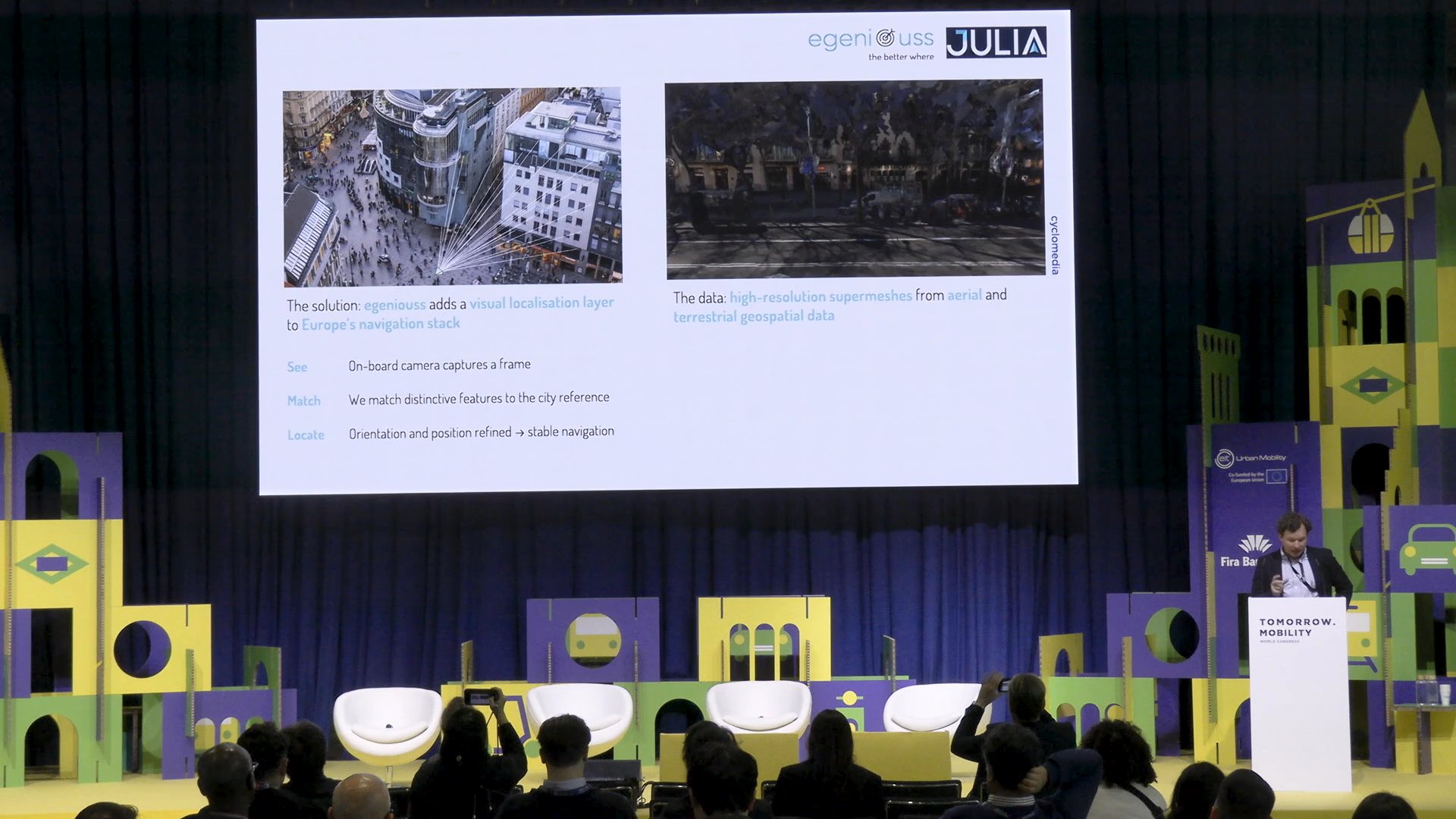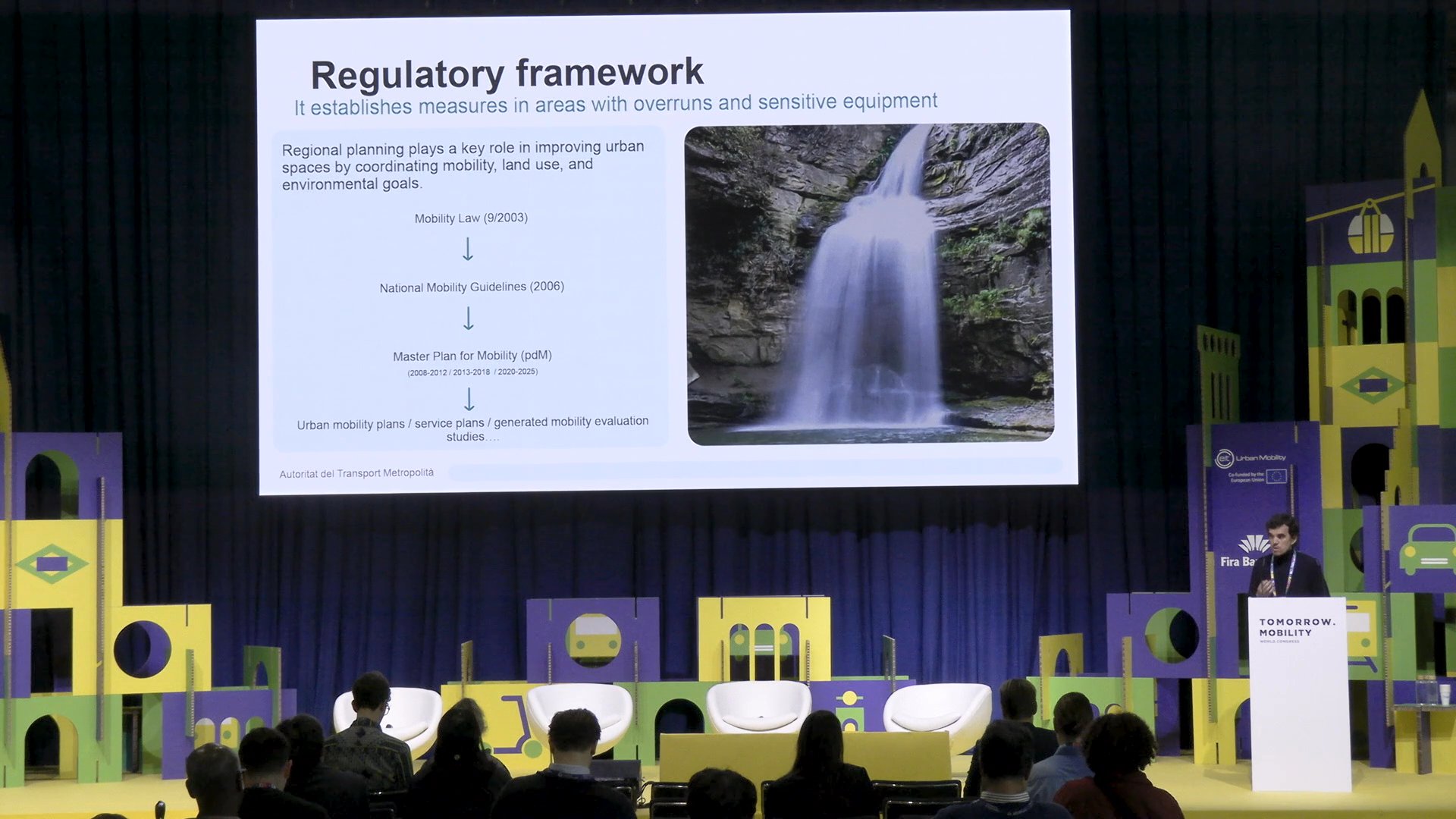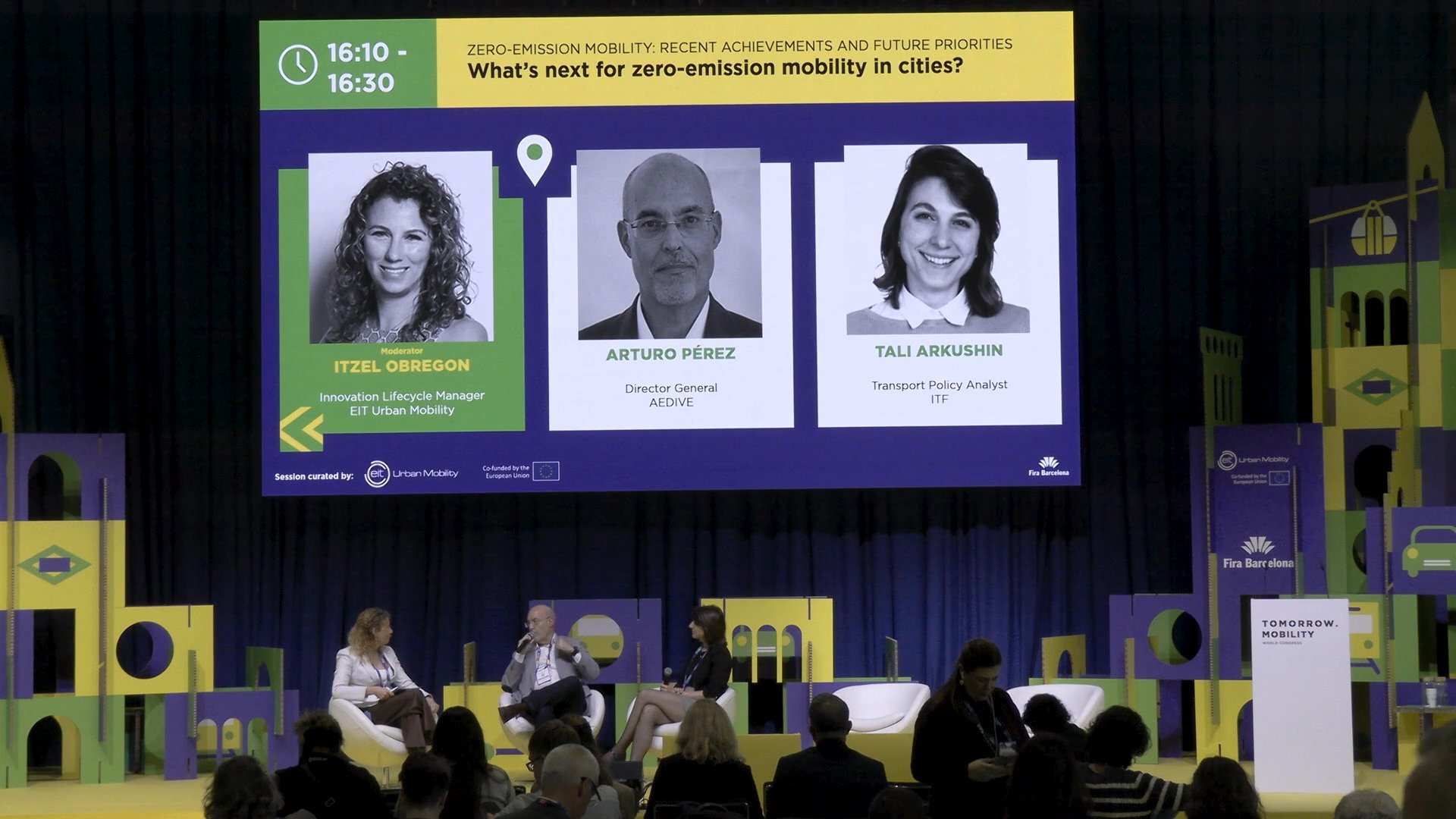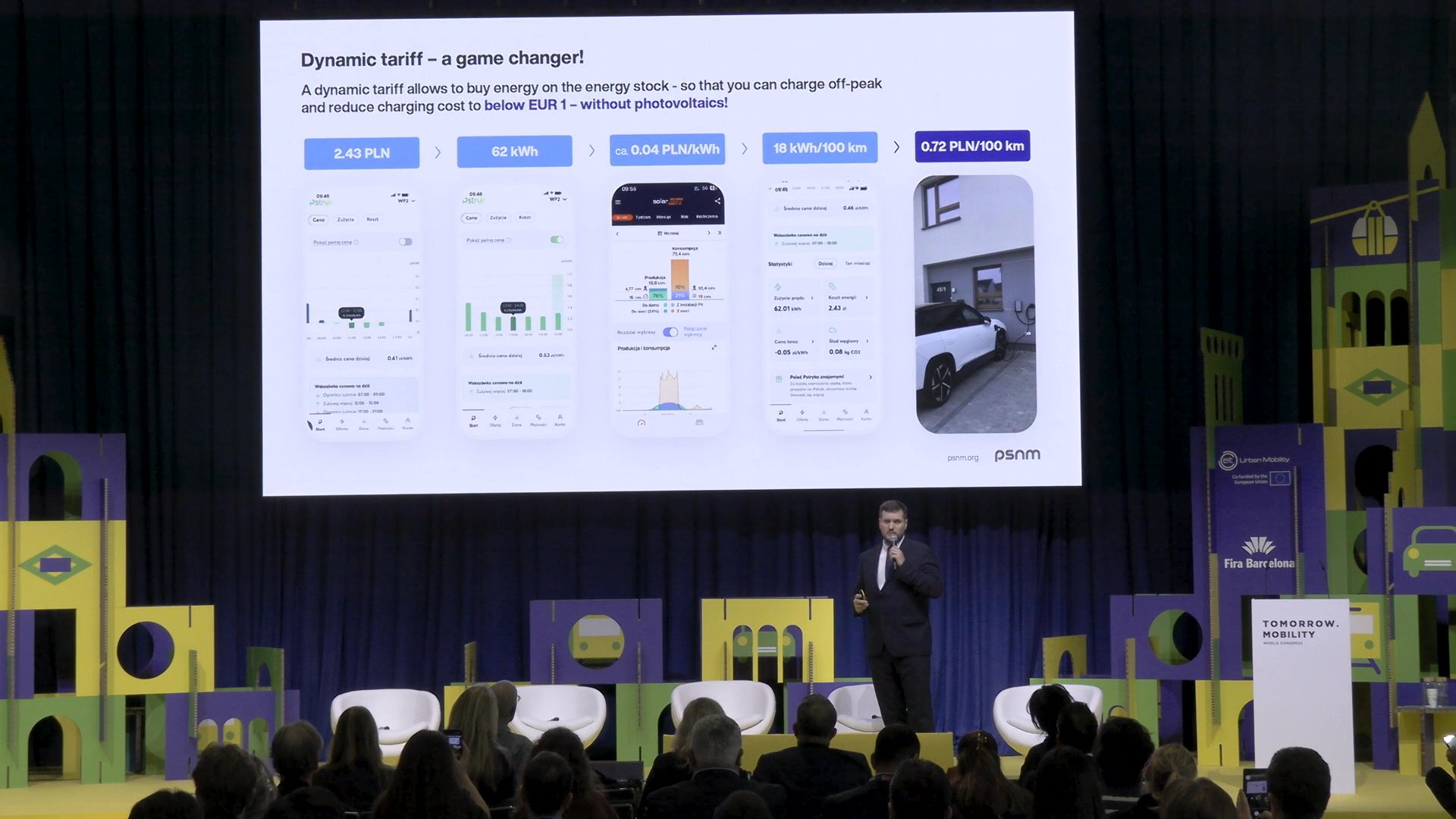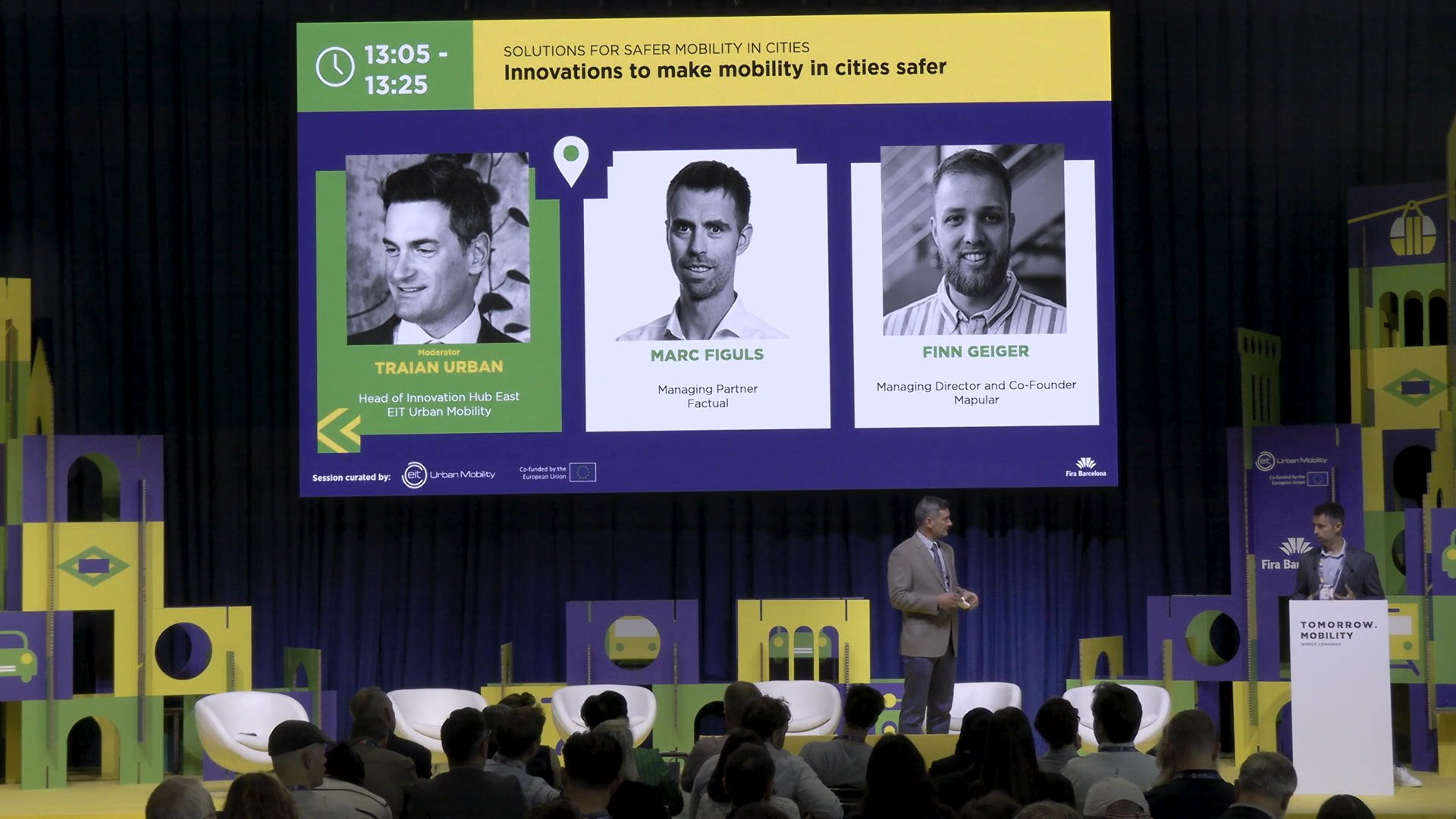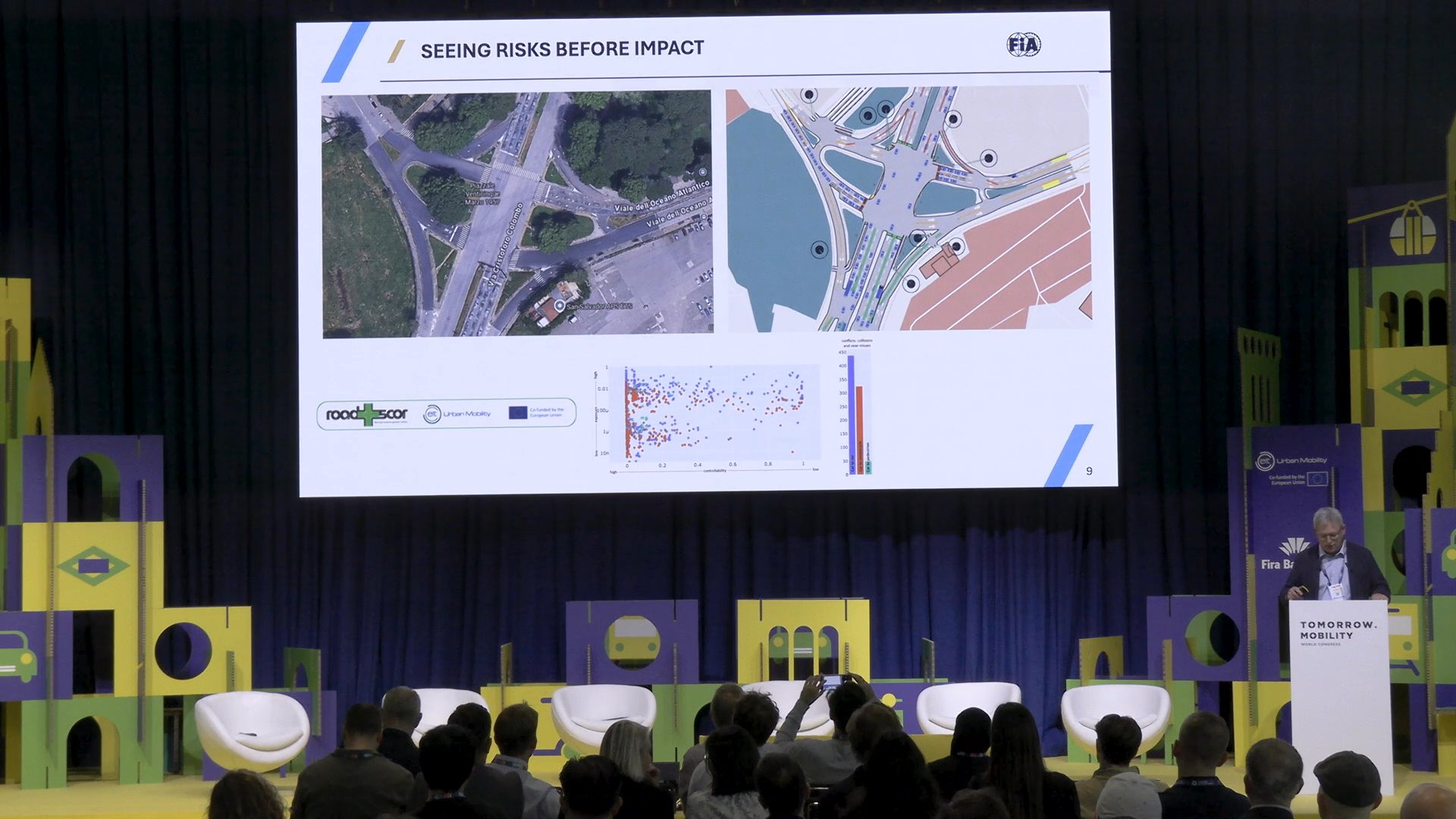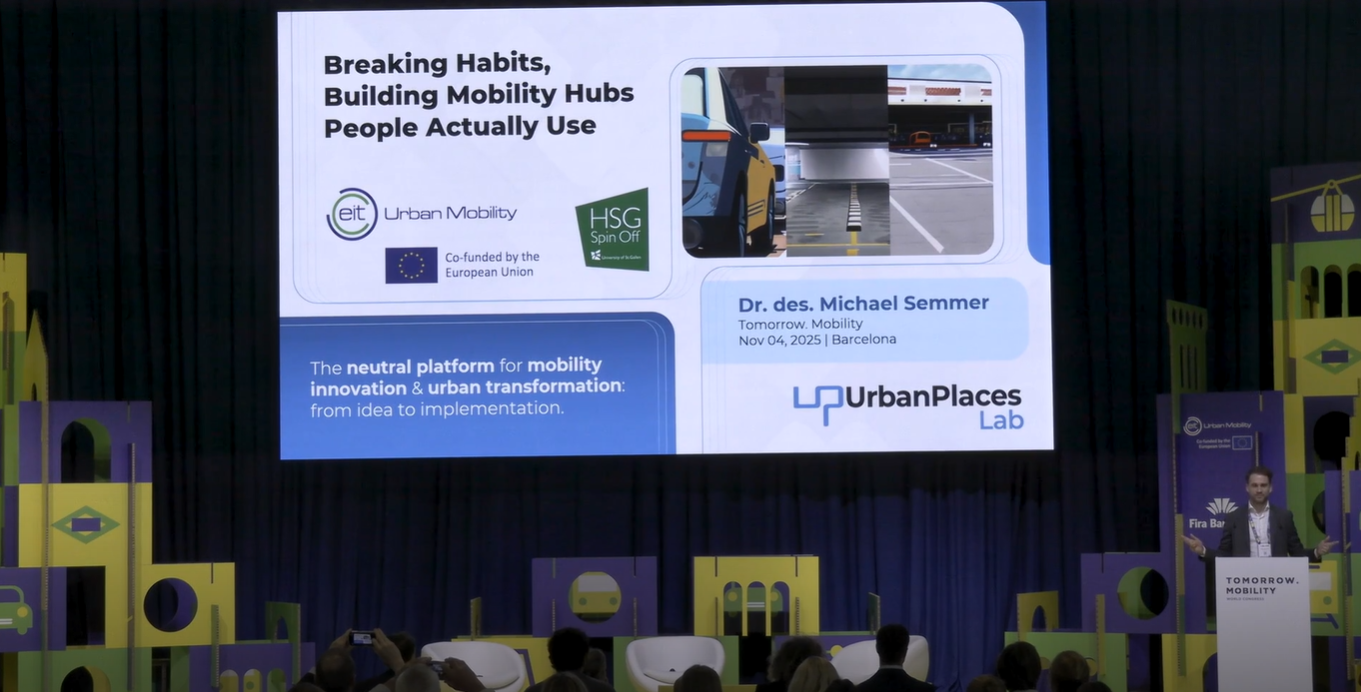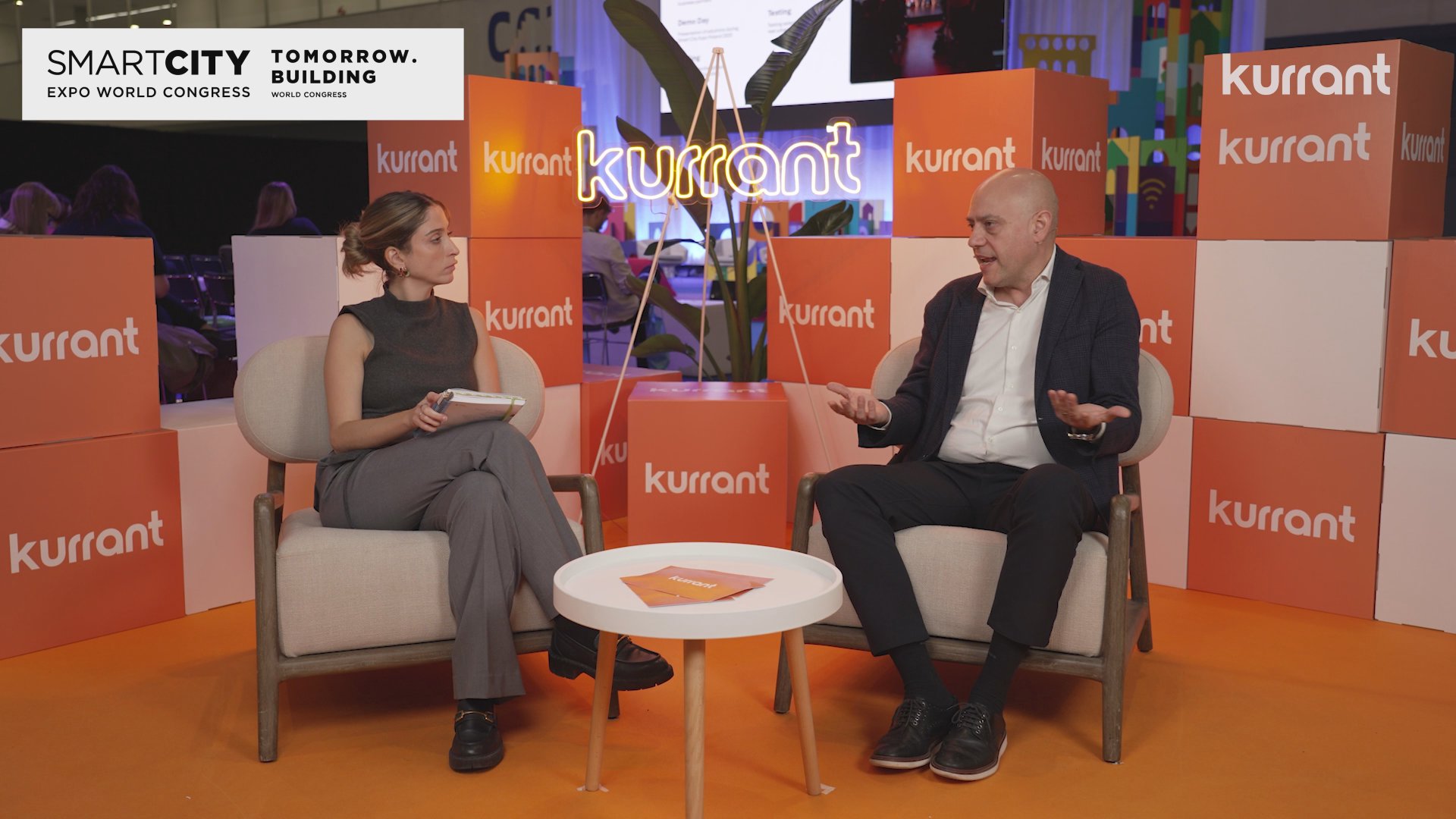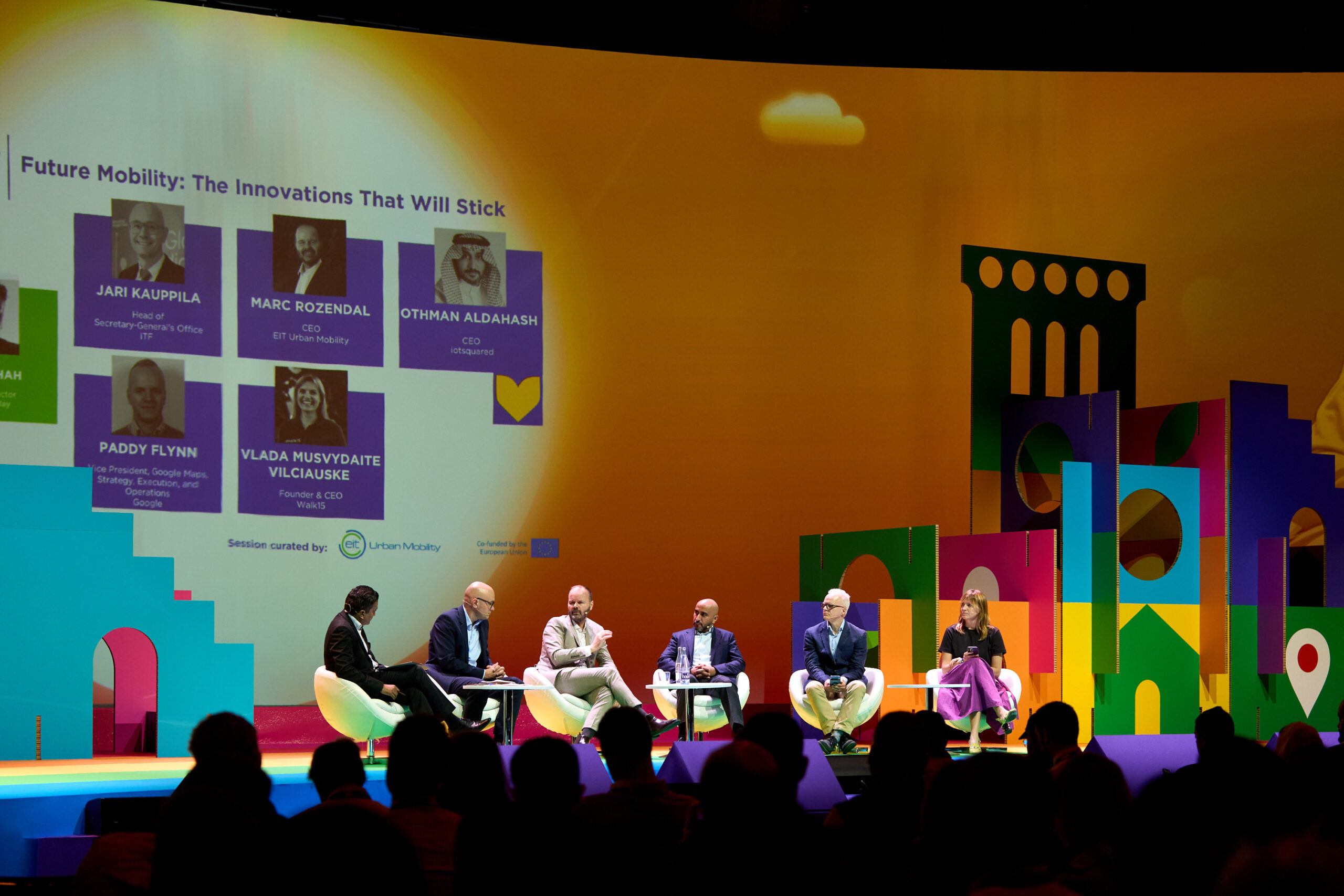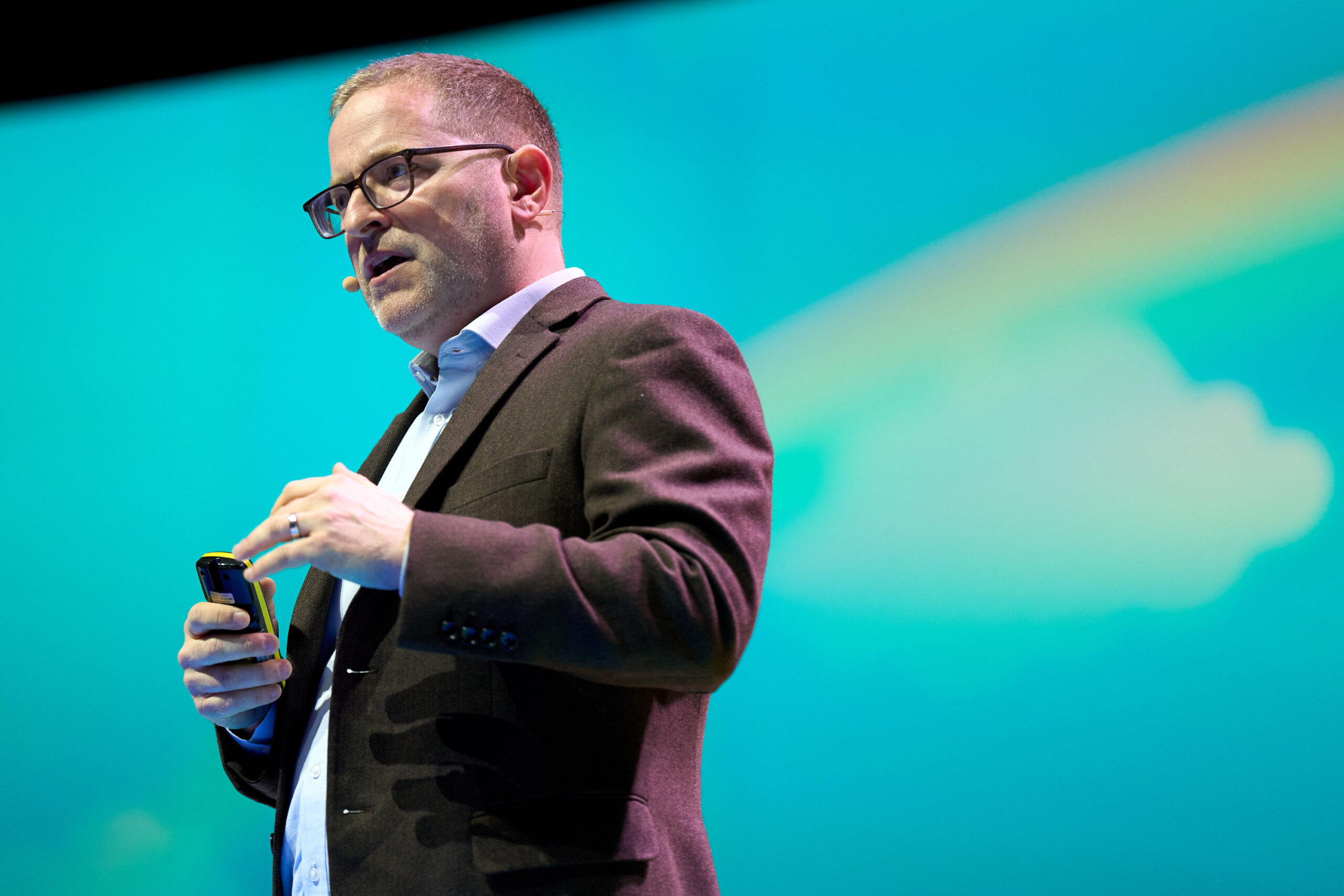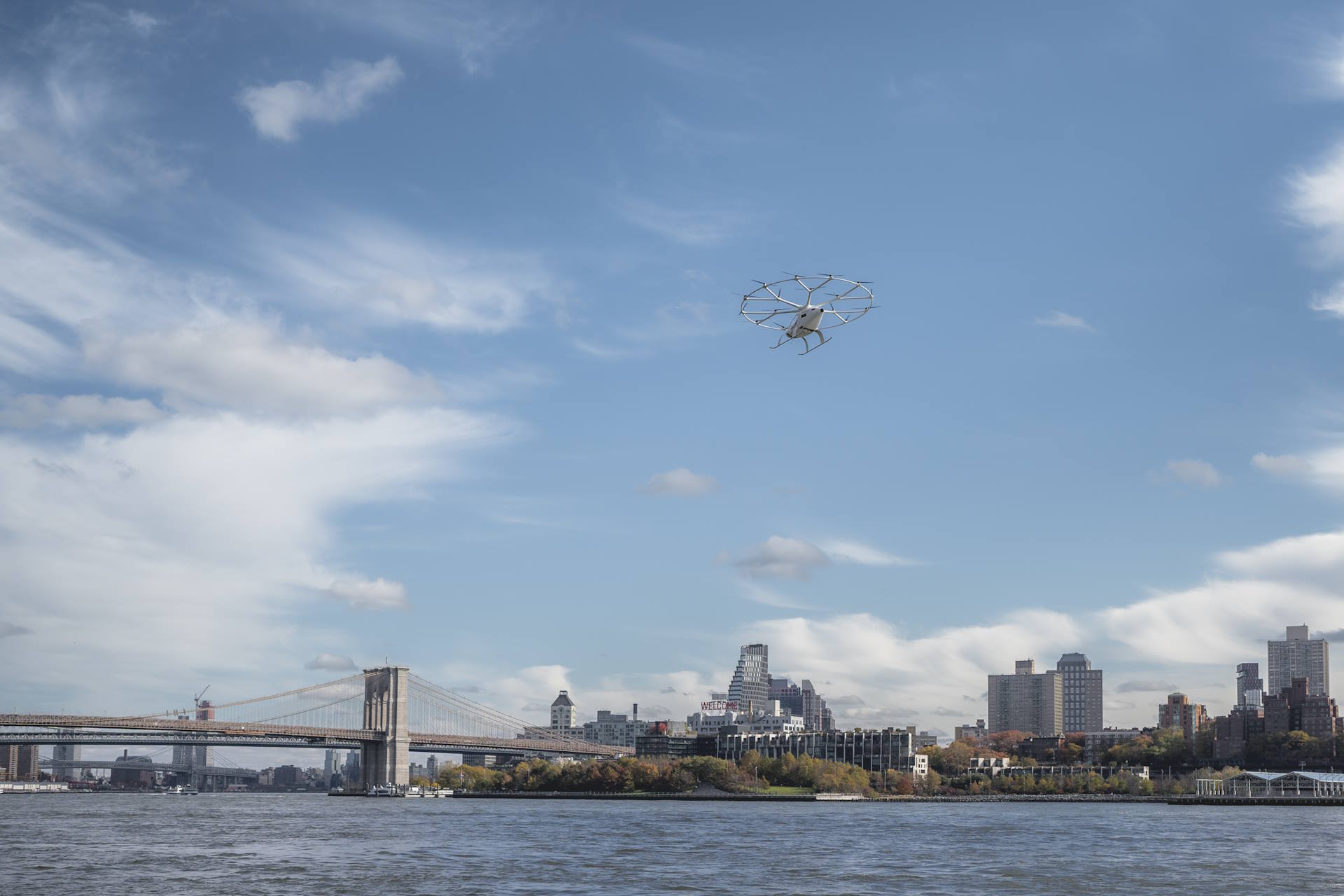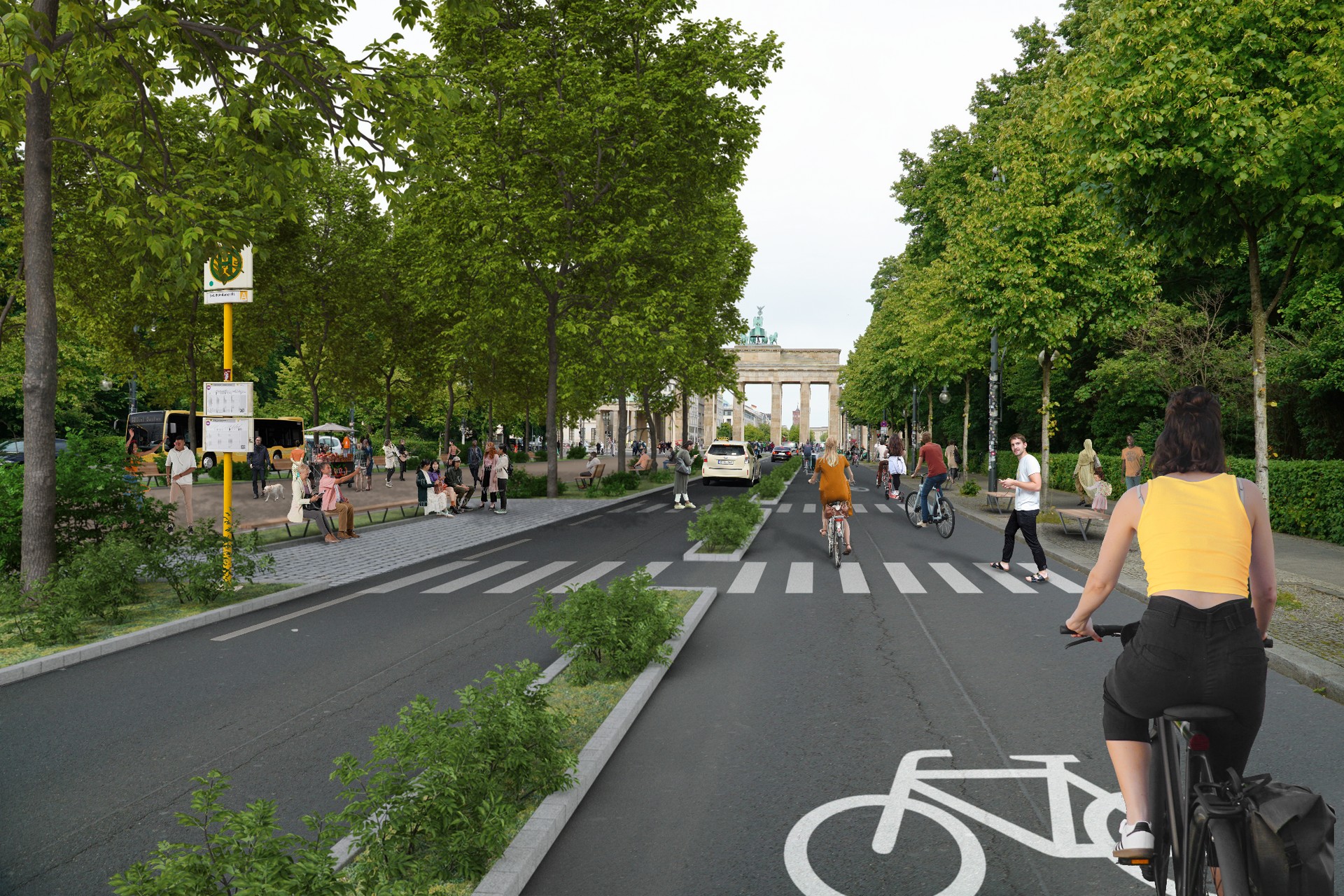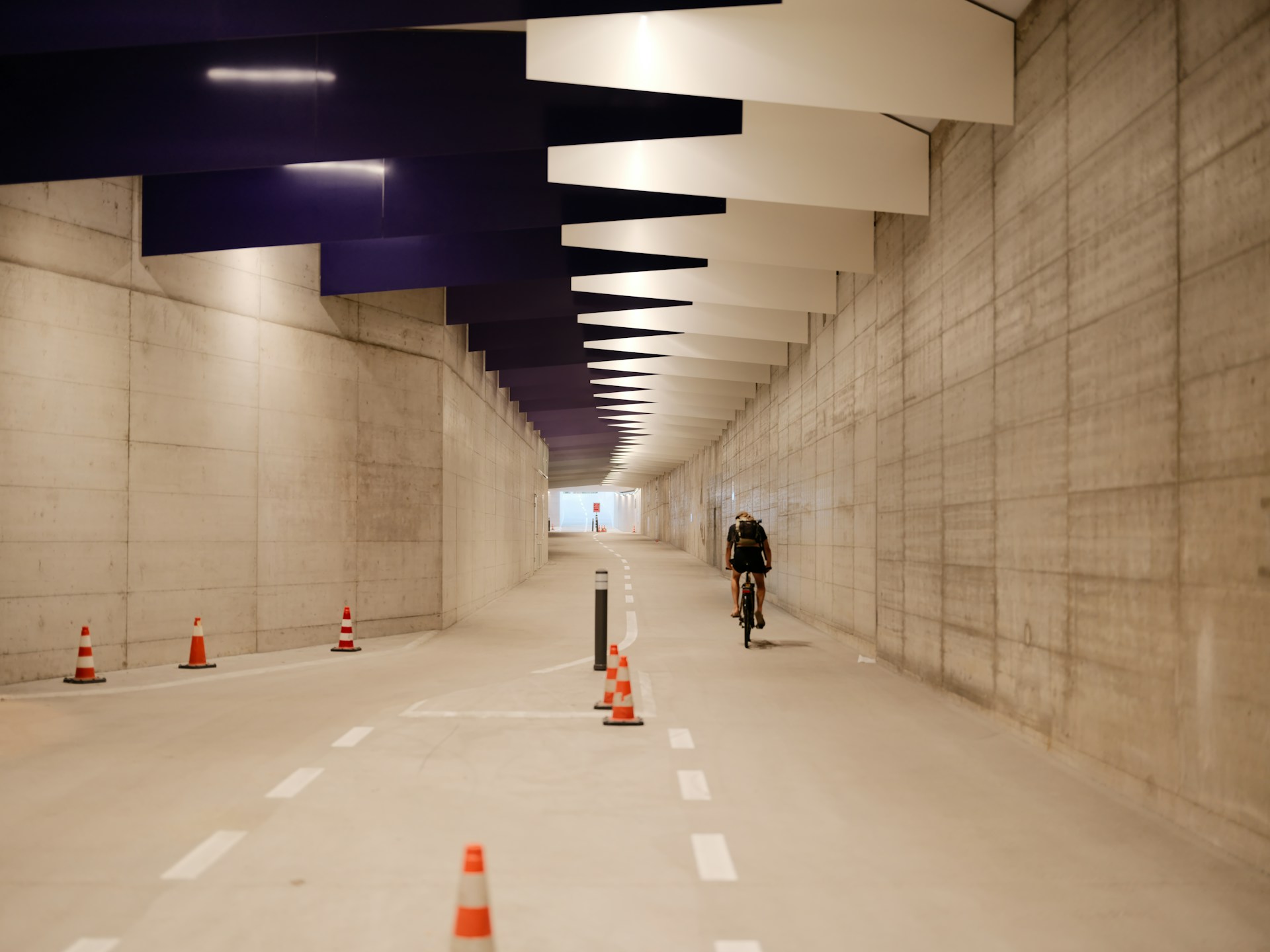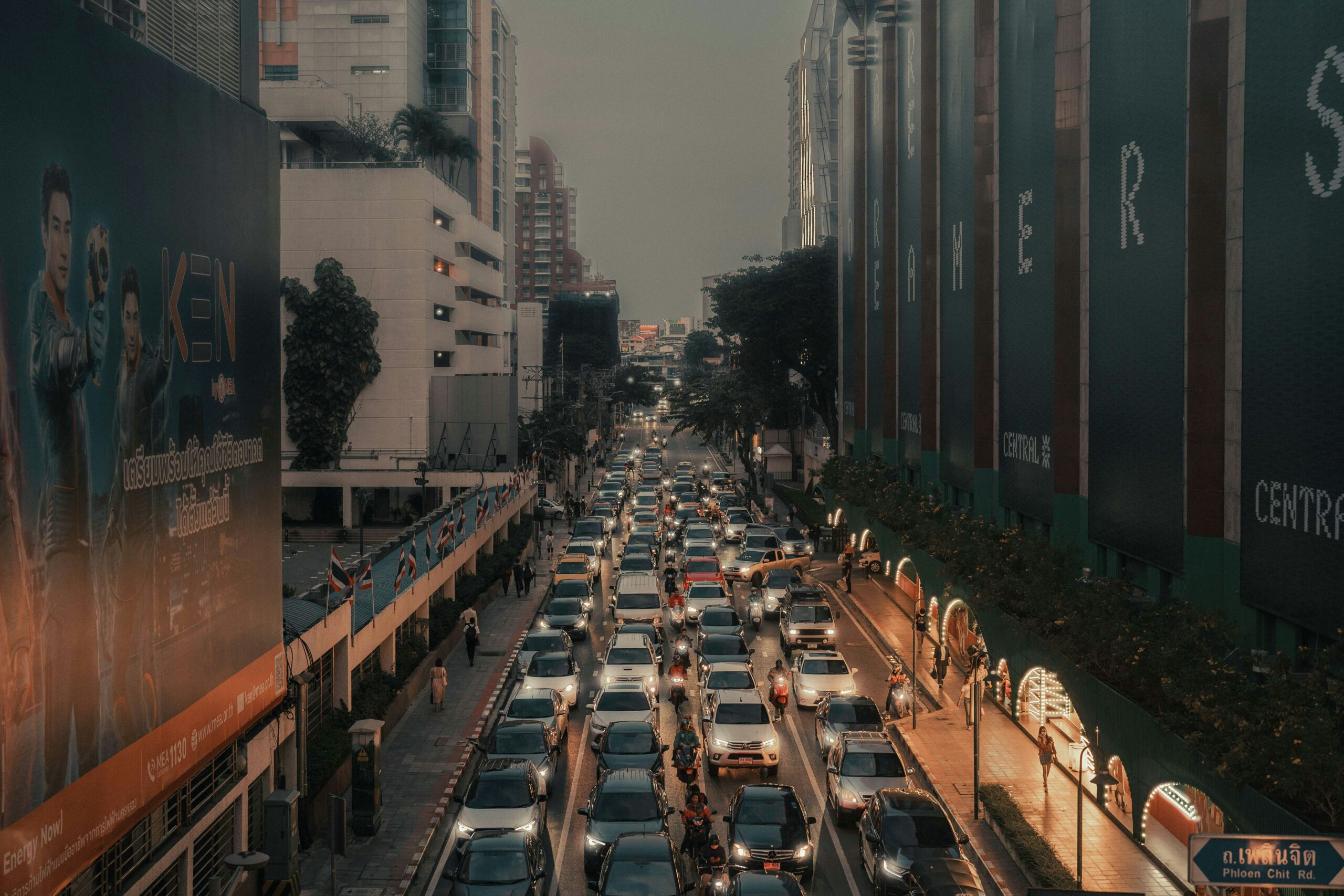Author | Lucía Burbano
Often, the combination of two smart technologies amplifies their individual capabilities, working together like allies. This synergy is especially evident between devices that collect data and those that process, screen, and analyze it. In the case of LiDAR and artificial intelligence, this collaboration unlocks numerous applications within the context of smart cities.
What is LiDAR?
LiDAR, which stands for Light Detection and Ranging or Laser Imaging Detection and Ranging, is a remote sensing technology that measures distances by emitting laser pulses and calculating the time it takes for them to reflect off a surface and return to the sensor. Compared to other measurement systems, LiDAR excels at generating highly precise three-dimensional maps, making it invaluable for urban planning.
Before its application in urban planning and smart cities, LiDAR was utilized in other fields. The concept of using the time it takes for a laser to return in order to determine distance was first proposed by physicist E.H. Synge in 1930. He used reflectors to study the atmosphere and measure cloud heights.
With its short wavelength, laser light enables the precise measurement of even the smallest objects. This is why LiDAR was initially used in land cartography and has become an essential tool in fields such as geology, forestry sciences, and oceanography, as well as in construction and architecture.
Artificial Intelligence and LiDAR, the perfect combination

To perform these measurements, LiDAR technology incorporates a series of sensors that generate data, which is then processed and enhanced by Artificial Intelligence (AI). AI algorithms, particularly those utilizing machine learning and deep learning, can process this data to identify patterns, classify objects, and perform predictive analyses with remarkable speed and precision.
This capability is crucial for LiDAR applications requiring real-time decision-making, such as its integration into self-driving vehicles, where AI leverages LiDAR data to navigate, identify obstacles, detect road boundaries, and monitor other vehicles.
In urban planning and smart cities, the integration of LiDAR and AI enables the creation of detailed 3D city models. These models are instrumental in analyzing various aspects of sustainable planning, such as optimizing traffic flow, assessing population density, and forecasting infrastructure needs.
Cities utilizing LiDAR and AI: purpose and application
Peachtree Corners, Atlanta
Peachtree Corners, a city in the Atlanta metropolitan area, is using LiDAR technology combined with AI at its busiest intersection, which has five lanes and sees over 60,000 vehicles per day. This intersection also records the city’s highest number of accidents.
The goal is to create real-time 3D mapping to enhance pedestrian safety and optimize traffic flow. The data collected and analyzed enable adjustments to traffic light timings, pedestrian crossing signals, and inform the potential redesign of these intersections.
New York
In New York, LiDAR technology is employed to detect and assess the structural integrity of bridges. By emitting lasers from different angles, engineers can identify small cracks and deformities that might go undetected during routine inspections.
The application of this technology has significantly enhanced the effectiveness and safety of maintaining these structures. The integration of technologies like LiDAR scanning and machine learning improves precision and enables the implementation of predictive maintenance strategies.
Vancouver
Vancouver required LiDAR data covering the entire land surface of the city, including the classification of geographical features, to update topographical maps and assess potential natural risks.
The collection of this data is typically done manually, but AI intervenes by streamlining processes that would otherwise be time-consuming and costly.
Photographs | Unsplash/ThisisEngineering, Unsplash/Mika Baumeister





